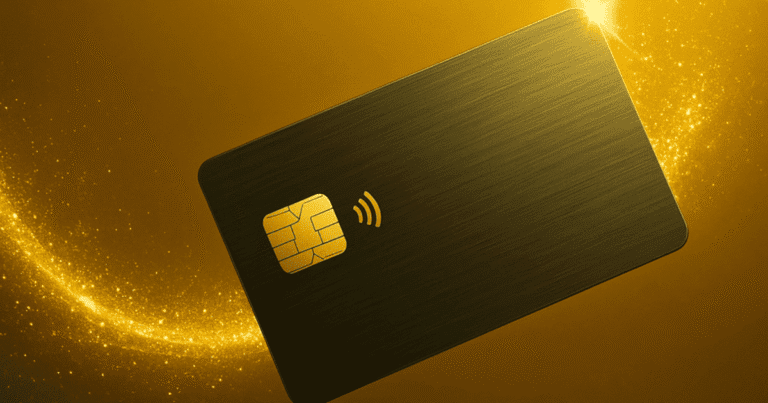The Ultimate Guide to Managing High-Interest Credit Card Debt
High-interest credit cards can be a significant barrier to financial freedom. With soaring interest rates, it can feel nearly impossible to pay off your debt and get ahead. However, there are effective strategies to help you manage your credit card debt and reduce the financial burden.
Understanding the Impact of High-Interest Rates
High-interest credit cards often come with rates that can make it challenging to chip away at your balance, leading to a cycle of debt. Here are some key points:
- Interest Accumulation: The more you owe, the more interest you pay, creating a snowball effect.
- Minimum Payments: Paying only the minimum can extend your repayment time significantly and lead to more interest incurred.
- Financial Stress: High-interest debt can lead to emotional and financial stress, making it hard to plan for the future.
A Smart Solution: Balance Transfer Credit Cards
One of the most effective ways to tackle high-interest credit card debt is by transferring your balance to a new credit card that offers advantageous terms. Here’s why a balance transfer card could be your best ally:
0% Introductory APR
Many balance transfer credit cards offer a 0% introductory Annual Percentage Rate (APR) on transferred balances, often lasting until nearly 2027. This means you can pay off your debt without acquiring more interest, allowing your payments to go directly toward decreasing your principal balance.
No Annual Fees
Choosing a card with no annual fee adds further value, ensuring that you aren’t wasting money on charges while you focus on repaying your debt.
Strategic Benefits
- Lower Payments: Because a larger portion of your payments goes toward the principal amount, you can reduce your overall debt faster.
- Financial Flexibility: Lower interest rates can provide the breathing room needed to budget for other expenses.
Tips for a Successful Balance Transfer
- Compare Options: Evaluate various cards and select one that offers the most favorable terms for your situation. Use resources like NerdWallet for comprehensive comparisons.
- Know the Fees: Be aware of any balance transfer fees associated with the card, and ensure that the long-term benefits outweigh these initial costs.
- Create a Repayment Plan: Develop a strategy to pay off your balance before the introductory period ends to maximize your savings.
Conclusion
Transferring your balance to a credit card with a 0% introductory APR could be the key to breaking the cycle of high-interest debt. By taking control of your financial situation, you can pave the way toward a brighter, debt-free future. Explore the best balance transfer credit cards available today and take the first step towards financial freedom.
For further information and to find the right credit card for your needs, consider checking out Bankrate, which provides updated insights on credit cards and financial products.
By utilizing these strategies, you can outsmart high-interest credit card debt and reclaim control over your finances.


